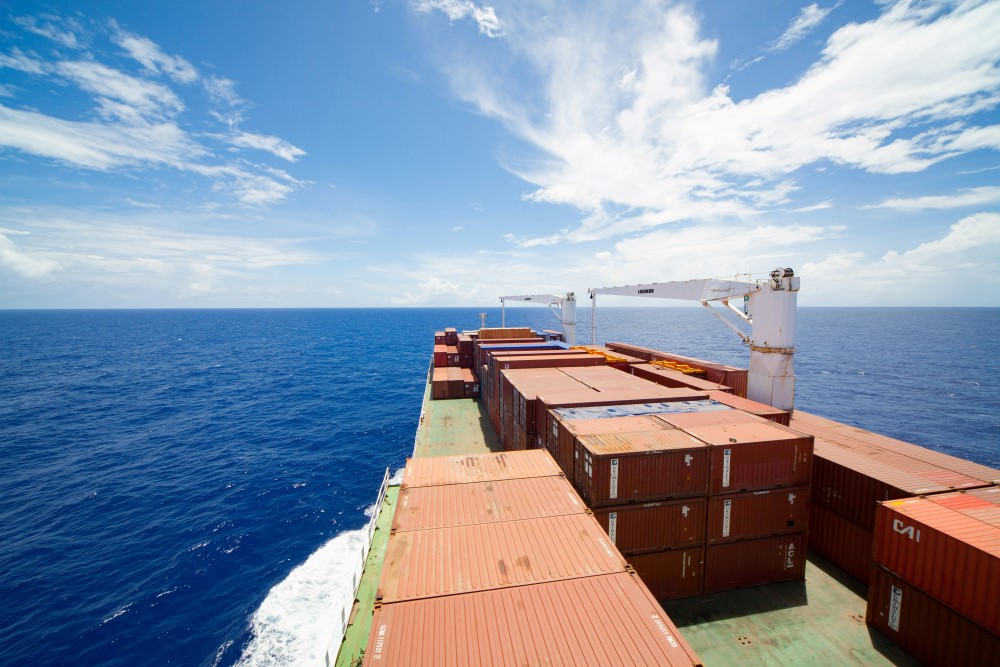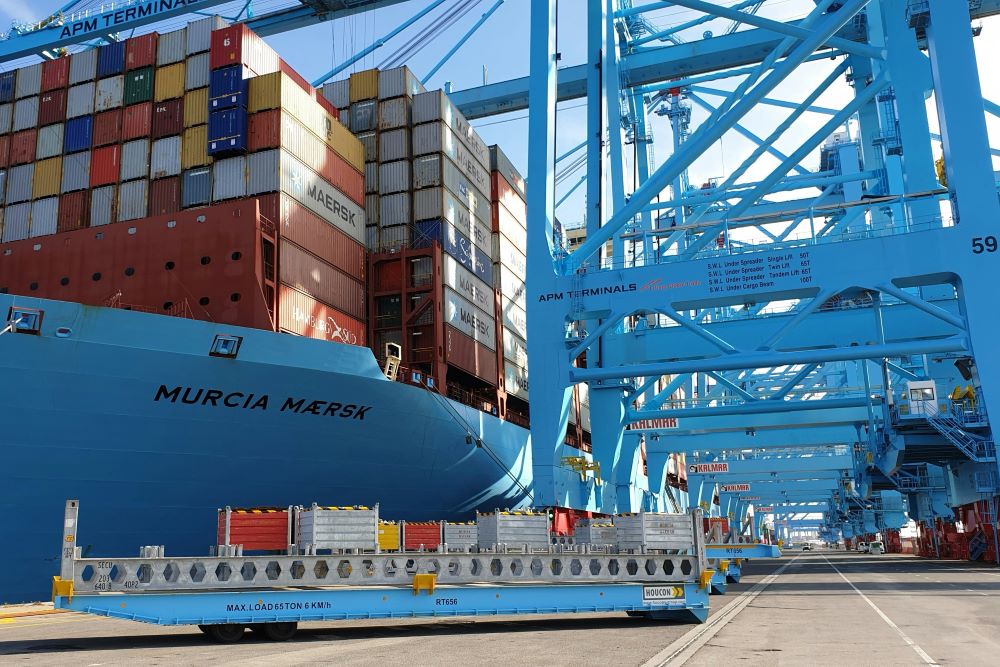
Current position:Home > News
2025-10-15
In a rapidly evolving global economy, the demand for fast global freight shipping continues to reshape international logistics. Businesses increasingly depend on air freight solutions to achieve shorter delivery cycles and meet customer expectations for speed and reliability. As trade networks expand and supply chains digitize, the role of air transportation in global commerce becomes even more critical. Understanding the emerging trends in this sector reveals how air freight is transitioning from a cost-intensive necessity to a strategically optimized logistics advantage.
In the past decade, international markets have become highly dependent on rapid transportation. With the growth of cross-border e-commerce, pharmaceutical logistics, and high-tech industries, time-sensitive shipments now dominate a large portion of cargo demand. Air freight provides unmatched speed compared to sea or land transportation, and new scheduling models enable door-to-door delivery within hours rather than days.
Moreover, airlines are optimizing cargo routes with integrated logistics systems. Through AI-based route planning, predictive maintenance, and real-time tracking, air freight networks ensure greater on-time performance and minimize disruptions. As trade competition intensifies, these innovations help businesses protect revenue by reducing transit uncertainty.
The modernization of air freight is inseparable from the rise of smart logistics platforms. Digitalization allows freight forwarders, customs authorities, and carriers to synchronize data across every stage of shipment. IoT sensors embedded in containers monitor temperature, vibration, and humidity—ensuring safe delivery for sensitive goods such as electronics, perishables, and medical supplies.
At the same time, blockchain technology improves transparency and security. Recording immutable shipment data prevents manipulation and simplifies cross-border documentation. These technologies not only increase operational visibility but also reduce compliance costs for multinational shippers.
As fast global freight shipping evolves, automation becomes a defining factor. From robotic handling at air cargo terminals to AI-assisted flight scheduling, automation enhances efficiency and helps companies respond faster to market shifts.

Environmental responsibility has become a major factor influencing the air freight industry. With growing regulatory pressure and consumer awareness, logistics providers are adopting eco-efficient solutions to reduce carbon emissions. Sustainable aviation fuel (SAF), lightweight composite materials, and improved aerodynamics are gradually replacing traditional systems.
Airlines now integrate carbon offset programs into service options, allowing shippers to neutralize their environmental footprint. This shift not only enhances brand credibility but also aligns with the long-term goals of sustainable supply chains. Furthermore, new aircraft designs—such as hybrid-electric and hydrogen-powered models—promise to revolutionize global freight transportation by minimizing fuel dependency.
The exponential growth of e-commerce has fundamentally changed how air freight functions. Online platforms such as Amazon, Alibaba, and Shopify demand continuous inventory movement between continents. As a result, express air freight networks are expanding to handle smaller, more frequent shipments.
This has led to the emergence of urban air hubs, strategically located near consumption centers. These hubs shorten last-mile delivery times and streamline reverse logistics. In addition, partnerships between airlines and courier companies create integrated solutions that combine international air routes with domestic express channels, providing seamless end-to-end service.
While North America and Europe remain key air freight markets, the Asia-Pacific region is experiencing the fastest growth. Driven by strong manufacturing capabilities in China, Vietnam, and South Korea, as well as rising consumer demand in Southeast Asia, air cargo volumes are projected to increase significantly in the next decade.
Africa and Latin America are also emerging as new logistics corridors due to investments in airport infrastructure and free trade agreements. These developments encourage multinational companies to establish regional distribution centers, leveraging fast global freight shipping as a competitive advantage.
Despite technological progress, several challenges continue to affect air freight operations. High fuel costs, capacity limitations, and varying customs regulations remain persistent obstacles. Moreover, geopolitical tensions and trade restrictions can disrupt established routes.
To mitigate these risks, logistics providers invest in multimodal transport strategies—combining air, sea, and land freight to balance cost and flexibility. Governmental cooperation and digital customs clearance systems are also improving cross-border efficiency, ensuring that high-value goods move smoothly through international gateways.
Data-driven logistics is reshaping decision-making in air freight operations. Predictive analytics helps airlines and shippers forecast demand spikes, optimize load capacity, and reduce idle time. Using real-time data from sensors and tracking systems, companies gain insights into cargo flow efficiency and environmental impact.
Artificial intelligence further enhances network reliability by detecting patterns in flight delays or weather disruptions. As global trade expands, the ability to interpret data accurately becomes a critical factor in maintaining consistent delivery speed and service quality.

In today’s competitive logistics ecosystem, collaboration defines success. Airlines, freight forwarders, and technology providers are forming strategic alliances to enhance scalability. By sharing digital infrastructure and freight capacity, they reduce operational redundancy and deliver faster global freight solutions.
For example, integrated logistics networks allow smaller players to access global routes without heavy capital investment. These collaborations improve efficiency, lower costs, and enhance customer satisfaction—ultimately strengthening the resilience of international supply chains.
The evolution of air freight logistics reflects the broader transformation of global commerce. As industries embrace digitalization, sustainability, and automation, air transport will remain the most reliable channel for time-critical international shipments.
The rise of fast global freight shipping is not simply a logistical trend—it is a strategic response to the world’s demand for immediacy. With new technologies and smarter infrastructure, air freight is set to bridge markets faster than ever, reinforcing its position as a vital enabler of modern trade.